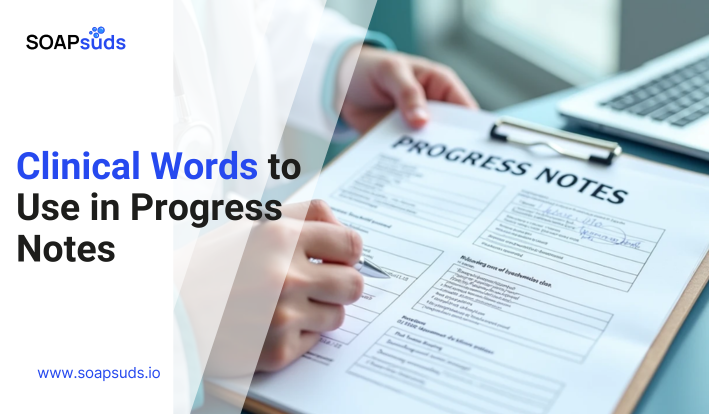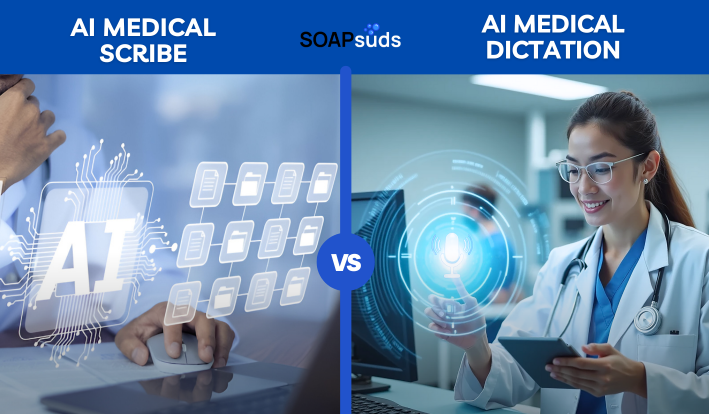How to Improve Efficiency of EHR Documentation
SOAPsuds team
Published: 1/23/2025
SOAPsuds team
Published: 1/23/2025

We live in a society filled with a variety of views. Differences in faith, traditions

Quality documentation is an essential pillar of providing optimal patient care. Progress notes and therapeutic...

Remember handwritten memos? Those brief notes that once served as the main way to send...

Since AI emerged in the 1950s, its use across industries has improved work processes, with...

Healthcare providers spend about 1.77 hours each day completing notes outside regular office hours

EHRs have greatly improved the modern healthcare system – providing easier access to patient data...
Clinical Notes
SOAP notes
DAP notes
AI medical notes